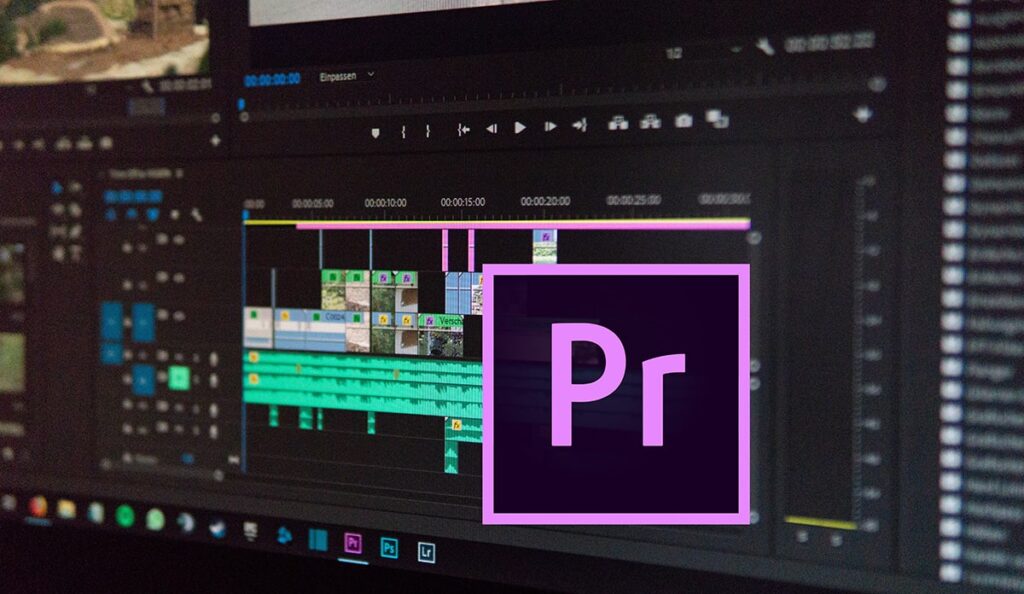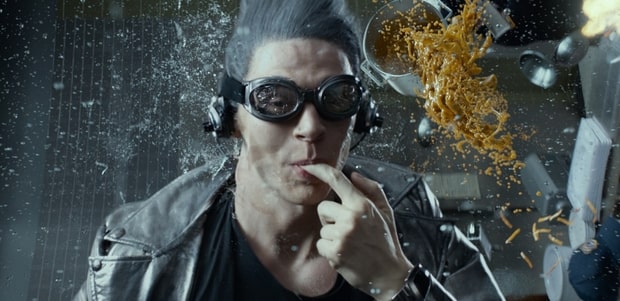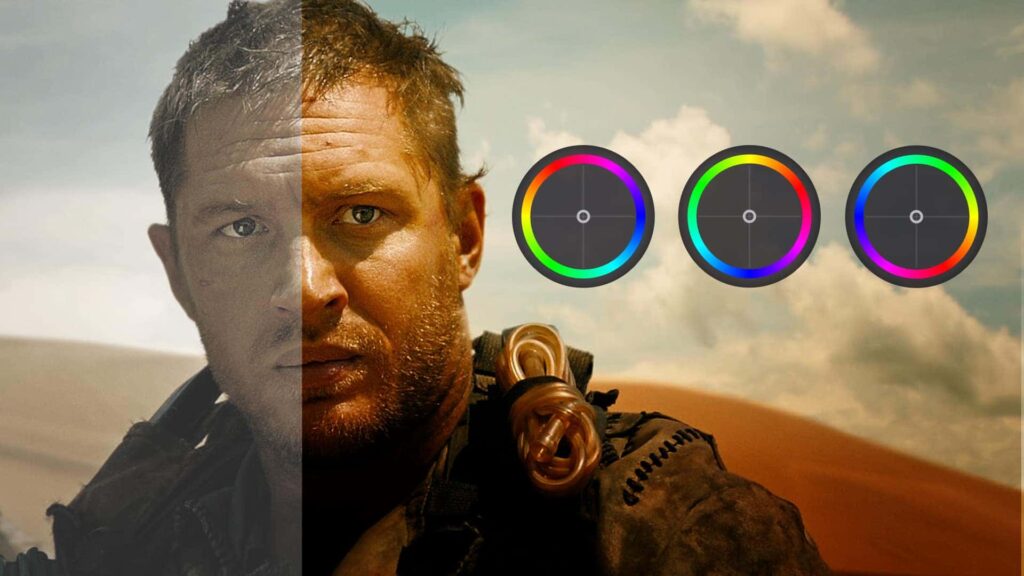Editing videos is a widely spread skill nowadays. Whether you edit videos for your social media, work, or your 2015 trip to Thailand, it all comes down to making it look as good and as entertaining as possible. As a beginner, editing can seem more complex than it actually is if you don’t have the right tools or don’t know the tips and tricks. So, if you are planning to acquire this skill, there are few things that you should know beforehand. In order for you to get up to speed in no time, here are our “10 things to know for video editing“.
0. “We’ll fix that in post-production”
This is not really a tip for video editing but more like a general rookie mistake everyone makes. You need to always, and I mean ALWAYS, shoot your video with the editing in mind. It seems simple and obvious but believe me, we’ve all been there. If you have tried to fix a horrible shot and covering it with edits, you know what I’m talking about. It’s better to have too much footage than not enough, a lot of different camera angles than just one, and never say “we’ll fix that later” because most of the time you won’t be able to.
1. Choose the right software for your needs
Okay now, first things first. If you want to edit videos, you need an editing software, duh. But there are many different software out there and it can get overwhelming when choosing. The important thing is not to look for “the best software” because there isn’t one. Certainly, some are preferred among the pros but you should choose one that suits your needs, your work, and your budget.
Good options

If you ask any pro, they will advise you to get Adobe Premiere Pro. It’s definitely the most efficient and complete software out there. It has lots of functionalities and key features, plus you can easily integrate sister programs like After Effects. But on the downside, complete also means very hard to get the hang of it. Of course, when there’s a will, there’s a way. You’ll find a ton of Premiere tutorials online to learn the ropes. If you are ready to invest a lot of time then you should go for it. Take also into account that you can’t purchase it definitely. You can only get it by subscribing to the Creative Cloud for $50 a month so it can get expensive.

For Mac OS users, Final Cut Pro X is also a decent alternative to Premiere with a lot of good features and a simplistic interface that is easy to use. The program costs $299 so if it’s within your budget, go for it. It is a great option if you want a one-time investment. But if not, you can always use iMovie for very basic stuff.
Those are the two powerhouses when it comes to video editing software but that doesn’t mean there aren’t any other great ones. For instance, you can look up Filmora. For $69.99 you get lifetime access to their software which is more than enough for casual and medium level video editing. They also recently released a Pro version for $149.99 which is fairly similar to Premiere Pro. Another one worth looking into is Corel VideoStudio Ultimate. It is also a good and cheap option for beginners.

Of course, these are not the only ones you can find. They are only examples meant to help you a bit. But we highly recommend you do your own research since you know your needs better than us.
1.1 Pair it with good hardware
In order to edit smoothly, you will need a powerful enough setup or you’re in for a lot of frustration. The main factors you should take into account are processor speed and storage but you’ll want to have a good graphic card too. You will need at least 8 GB of RAM and buying an SSD is a plus. This will help you locate your data almost instantly, which can be very useful for video editing.
2. Use the keyboard shortcuts
Whether you are a complete beginner or have a little bit of experience, learning the keyboard shortcuts greatly simplifies the work. We recommend you start by printing shortcuts cheat sheets so you can easily use them while editing. Trust me, it’s a whole new world.
Adobe Premiere Pro 2020 Cheat Sheet
Final Cut Pro X Cheat Sheet
Filmora X Cheat Sheet
Or if you have some money to spend, you can buy an editing keyboard which is basically a normal keyboard with fancy shortcut icons on them. Or you can buy a keyboard cover which is basically the same. Because why not. It’s aesthetic and it’ll help you get the hang of it faster.
3. Create an ambiance
Whenever you are editing, it is important to immerse your audience in the world of the video. It needs to seem natural and realistic. In order to do that you have to take into account a few things.
First of all, you need to use ambient sound so there will never be a completely silent moment (unless it’s part of the video of course) because it always seems unnatural. If you didn’t record ambient sound, you can always use the one of another clip or use samples. Secondly, space out your video to give it more effect on the audience. Whether it is for dramatic effect or after a joke so they can laugh it up. They need enough time to process the scene.
Finally, play with different visual elements and sound to create a unique experience. It could be using b-roll, different types of cuts or music, and sound effects. More on that below.
4. Know the importance of B-Roll
B-roll is an essential part of any final cut because it adds context to your video. The term originated when movies were still captured with film and it stuck through time. You can use B-roll to aid the transition between shots, including angle transitions and changes of scenery. Or to help illustrate what a person is talking about during an interview for example. It is a powerful tool that adds a professional touch to your project.
5. Be a master of time and pace
The aim of video editing is to create a film that will captivate your audience. Ideally, your viewers should never get distracted from your film. You need to keep it interesting so adding movement and rhythm is key. For that, you need to maintain an appropriate pace and find the rhythm that suits what you want to convey. Static shots should be between 2 and 10 seconds, for example, to avoid your video seeming long and slow.
Become a pro of the art of slowing things down or speeding them up. Use the speed and frames per second (FPS) of your shots to give a scene more impact or not. Pro tip: most cinematic videos are shot at 30fps or 60 fps and then slowed at 24fps.
Use montages to show progress or a process, it is a great way to show the passage of time in your video.

6. Use your footage wisely
This could also seem obvious but let me explain further. Whenever you are filming or editing, you should take into consideration these guidelines that will help your footage be more dynamic.
- One angle does not fit every shot. You need to know who the focus has to be on, what kind of shot it is, and so on and so forth. A low angle or high angle could emphasize power dynamics for example.
- Change angles by at least 45 degrees for the same subject during the same scene.
- Stabilize your footage. Having shaky footage can kill your project before even starting. But don’t you worry, there are great tools and plug-ins that will help stabilize it.
- Re-Frame if you can. Nowadays, cameras are shooting higher and higher resolutions which gives editors the ability to re-frame, push or pull the footage for interesting effects. Keep it in mind.
7. Cut like Gordon Ramsey
Now onto the main dish, cutting your footage. Don’t get into fine cutting directly when you start your project. Get an outline, a structure first in order to clearly see your creative vision. Once you have your rough layout, you’ll be able to work on fine-tuning it. This will also allow you to have more flexibility and not exhaust yourself with precise cuts from the beginning.
After that important step, you still need to learn when to cut. There are different ways of cutting your footage but we will give you some general tips. For starters, always look for opportunities where your cuts will seem as seamless as possible. To achieve it, cut on motion or on words because they create the perfect place to place a cut.
Try to optimize the use of intensity and impact in every shot. Action or romantic shots, good dialogue delivery, or moments of thoughtfulness and realization. They all are points where cuts feel natural in order to convey the emotion of the scene. You can also look for scenes where a cut is welcome or even necessary.
Cut your footage with the beat of the background music. This will also give a nice feeling to your video and will keep your audience hooked. If you don’t know why background music is important, check out our article What does background music bring to your videos?
8. Play with the Audio
Saying that the audio is as important as the footage would be an understatement. Good footage with bad audio can destroy hours of work. You will quickly learn that in films, almost every sound design is done in post-production. That’s why the editor’s role is key. To enhance your film, don’t hesitate to use music and sound effects (SFX) to artificially add an ambiance or an atmosphere to your creation. Looking for some music? Explore BAM Music’s library.
Learning to mix your audio is the best way to give depth and layers to your video. Play around with the Volume, but also with the Audio Balance, Pan, Reverb, and the EQ until you feel like your audio really conveys your vision. This is crucial when adding music and SFX since it can overlap with dialogues or other sounds.
9. Color Grading is also important
Just live audio, applying filters, and editing the tones of your footage will help you give it the feel or mood you are looking for. You can use standard pre-sets available but it is always better to do it yourself. It will add some work but the result is worth it. Plus, there are tons of tutorials so you should be fine.

10. Take a Step Back
The last piece of advice that we could give you is to take a break from your project. Editing can be pretty intense so sometimes going for a breather is the best move. It can be for a few minutes, hours, or even days. When you submerge yourself into this kind of work, you don’t see the hours go by. At this point, being able to be objective about your work, or to see the mistakes, can be difficult. That’s why we encourage you to sometimes take a step back from your project, before diving back into it with a fresh set eye. You can also show it to someone since that person will be able to see things you might have missed or just didn’t think about. Other perspectives are always welcome.
Well, that’s it for the 10 things to know for video editing. We really hope that they will be useful to you and we’re sure you’ll catch up real soon. See you next time!







